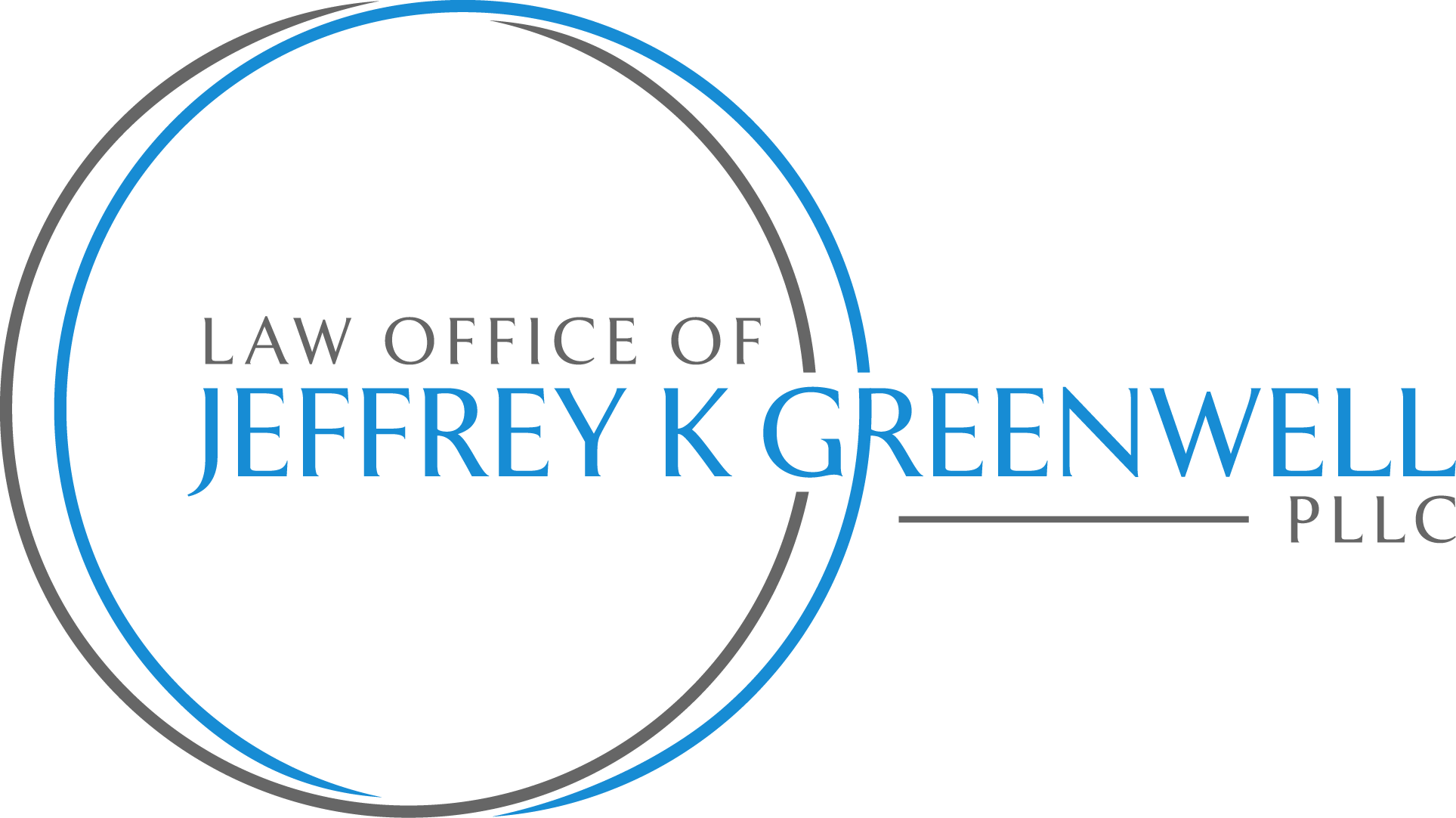What does it take to write-off a student loan in bankruptcy? An “undue hardship.” And that is a very tough standard to meet.
Student loan debts have hit the national consciousness like a ton of bricks. More like the weight of $1 trillion dollars ($1,000,000,000,000.00), the total amount of student loan debt as of a few weeks ago
The part of the Bankruptcy Code which says whether or not student loans can be discharged is a prime example of statutory ambiguity. All the pertinent law says is that a student loan is not discharged unless it “would impose an undue hardship on the debtor and the debtor’s dependents.” See Section 523(a)(8).
“Undue Hardship”
What does that mean-“undue hardship”? Congress did not define “hardship,” nor did it say what more it would take to turn a mere “hardship” into a qualifying “undue” hardship.
What a curious choice of words. “Undue” means “excessive, going beyond the limits of what is normal.” So Congress seems to be saying that you cannot discharge a student loan even if it is causing you a hardship, it has to be causing you a more than normal, excessive hardship.
But how does such a vague standard get applied in the real world of student loan borrowers in bankruptcy and unable to make their student loan payments?
Three-Part Test
In the last few decades as bankruptcy courts all over the country have struggled to figure out when an “undue hardship” exists or does not. There are some differences among regions of the country. But there is a general consensus that to meet this “undue hardship” hurdle, you have to show that you meet three conditions:
1. Under your current income and expenses, if you were required to repay the student loan, you would be unable to maintain even a minimal standard of living.
2. This inability to maintain a minimal standard of living while repaying the student loan would likely stretch out over all or most of the loan repayment period.
3. You had made a meaningful effort at repaying the loan, or to qualify for appropriate forbearances, consolidations, and administrative payment-reduction programs.
Some Important Practicalities
Unlike some debts in which the burden is on the creditor to challenge the discharge of the debt, with a student loan the burden is on the borrower to establish “undue hardship” during the bankruptcy case. Otherwise the debt survives your bankruptcy case.
In some situations, if you qualify later for an “undue hardship” after your bankruptcy case is completed, because of a subsequent disability, for example, you may be able to reopen your bankruptcy case for the court to make that determination.
Or if you are working now but have progressively worsening medical condition, so that you don’t qualify for an “undue hardship” now but expect to in the future, filing a Chapter 13 case may be the best choice. It may allow you to avoid making any ongoing student loan payments for the next few years while you focus on other more pressing obligations. And then you would have the opportunity to attempt to qualify for “undue hardship” just before the Chapter 13 case is completed 3 to 5 years later.
Conclusion
Although bankruptcy law does not provide a very easy way to deal with most student loans, more and more people in financial distress have these loans as part of their problem. Because student loans are challenging to deal with, that is all the more reason to get good legal advice about your whole situation to determine your best way forward.
